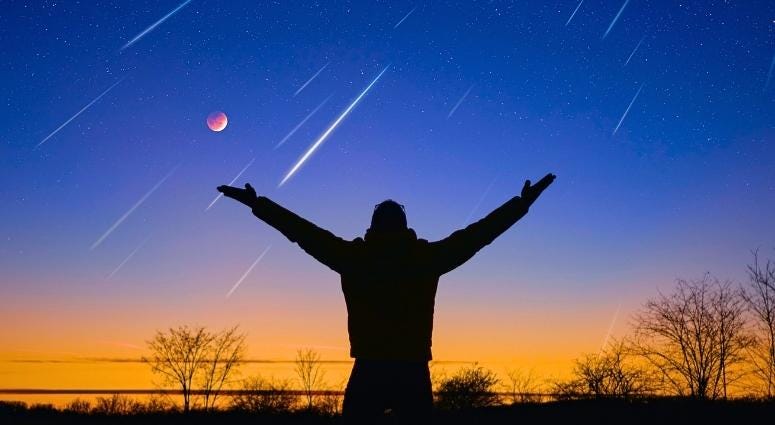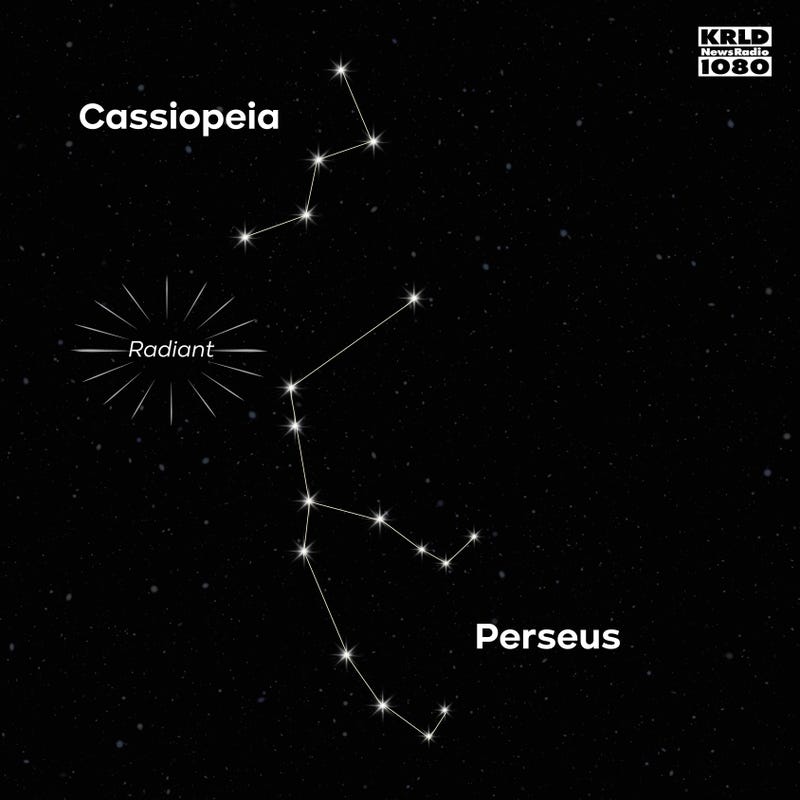
Though we all have differences, there’s one commonality that has prevailed for all of humanity: we are all floating on a rock, flying through outer space at over a million miles an hour.
Thanks to the rapid advancement of technology in the past century, we can observe much more of the Universe than we ever thought possible.
The scale and sheer size of the universe make it impossible to truly learn everything, but it doesn’t mean we shouldn’t try.
Here's what's happening in space this week.
We have officially passed the halfway mark of 2023, and while we've already seen some spectacular celestial events this year, there are still more to come.
In fact, one of the most anticipated celestial events of the year begins this week. Here's everything you need to know about the Perseid meteor shower.
PERSEID METEOR SHOWER
The annual Perseid meteor shower begins in July each year. With anywhere from 50 to 100 meteors per hour, NASA says the Perseids are the best meteor shower of the year.
Emanating from the Swift-Tuttle comet, the Perseid meteors are known for their long streaks of light left behind as they speed through Earth's atmosphere. They're also known for their 'fireballs,' meteors with bursts of light that are larger and longer lasting than a typical meteor.
When are the perseids?
The Perseid meteor shower began on July 14 and will last until the first day of September. You should be able to see at least a few meteors per hour each night over the next few weeks if conditions are optimal.
During its peak in the week of August 13, the shower should produce up to 100 meteors per hour. The best time to view the meteors is early morning hours before the sun rises. They can also be seen late at night, sometimes as early as 10 p.m. in some areas.
Where can I see the perseids?
The point of the sky that the meteors will appear to emanate from, known as the radiant, is the constellation Perseus, which is also the shower's namesake.

While the constellation itself is not where the meteors are actually produced, it gives sky watchers a visual aid in finding the Perseids in the night sky.
LISTEN on the Audacy App
Tell your Smart Speaker to "PLAY 1080 KRLD"
Sign Up to receive our KRLD Insider Newsletter for more news


